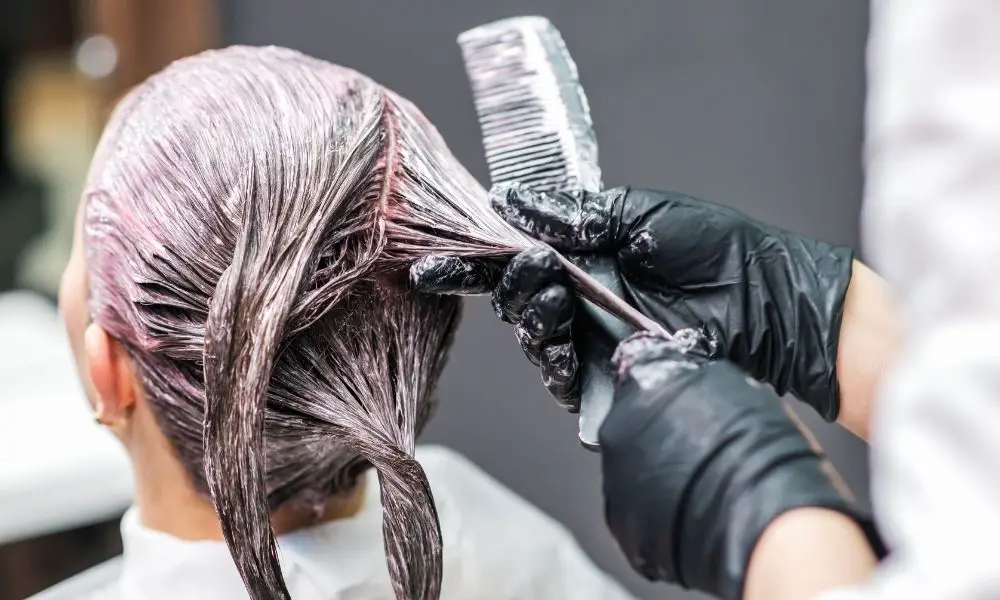

Life is too fleeting to have boring hair. Do you agree? People have been experimenting with varying hairstyles since ancient times. With a pair of scissors and a combination of chemicals, anyone can change their hairstyle’s aesthetic in a matter of hours. But what is hair color? How does hair dye work its life-changing magic on our locks?
We’ve compiled a general guide to the interesting science behind hair coloring. The next time you’re sitting in your colorist’s chair for a couple of hours—maybe after considering holiday season color trends—you can think over these fascinating facts. Here’s what you should know about the chemical phenomenon behind tinted tresses.
The anatomy of a hair shaft is simple: a cuticle, cortex, and medulla. You’ve most likely heard about the cuticle before as the protective outer layer of the shaft. The medulla is the central core of the shaft, containing mitochondrial DNA. The cortex is the bullseye for hair color, holding the natural—and unnatural—pigments that comprise your mane’s main hues.
Hair strands are mostly keratin, which is a fundamental protein also found in your skin and nails. Two other proteins are responsible for the natural color of your hair: eumelanin and phaeomelanin. The presence of eumelanin creates brown and black shades, and phaeomelanin creates blond, ginger, and red shades. The eventual absence of either melanin produces white and grey hair.
Still curious about the interesting science behind hair coloring? We have to mention the knowledge that goes into creating and maintaining new hair looks through color molecules. Colorists generally classify hair dye by its level of permanence—aka, how long the color will stay in the hair. Three main types are available on today’s market.
Level 1 is semi-permeant, as color molecules only enter the cuticle, similar to a temporary coating that fades. Level 2 is demi-permanent—when an oxidizing agent reacts with the natural pigment in the cortex to maintain larger color molecules for longer. Level 3 is permanent, as small molecules of color penetrate the cortex to replace the natural pigment. Due to the high developer volume, you have to grow out or color over this dye with another permanent pigment.
Hair color is a basic matter of chemistry—but the art of its design is where this subject becomes complex. Colorists must carefully mix divergent chemicals and highly pigmented shades to curate a specific aesthetic. Creating the perfect look is no easy feat when accounting for past dye jobs, lifestyle habits, and seasonal transitions.
Learning the laws of color and chemical pairings is necessary to neutralize undesired tones and balance out hues. Hair colorists are bonafide students of art, math, chemistry, and design. When changing up your locks, going to an experienced professional will pay off.
Discover how thoughtful storage design eliminates downtime and boosts efficiency. Enjoy these strategic tips sure…
Your business’s plumbing system is a convenient part of your operations, so having preventative maintenance…
Discover how smart fleet management transforms operations into profit centers through real-time visibility, predictive maintenance,…
Discover smart wine storage solutions for hot summer months without air-conditioning. Keep your bottles safe…
Throwing a wedding is exciting and stressful, as you try to make it exciting for…
Transform your living space into a luxurious retreat with these expert design strategies that introduce…